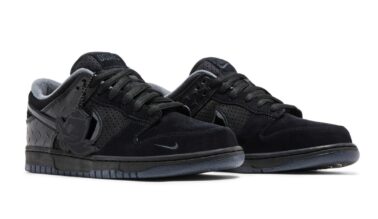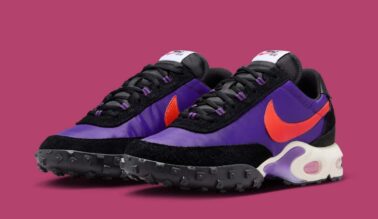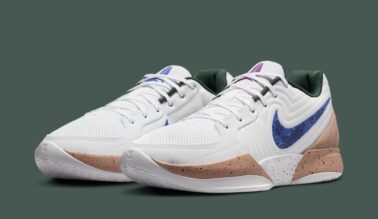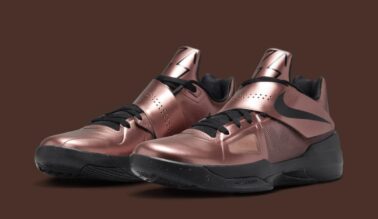This post may contain affiliate links. Please read our disclosure policy.
Introducing Game On, an initiative centered around disability inclusion and bringing in athlete talent to work for the brand.
While many elite athletes find it easy to bounce to a new career after their playing days are over (think Tom Brady getting into broadcasting or Jason Kidd becoming a coach) most have a much more difficult time shifting to a 9-5 job after years of professional competition.
Rejoining the workforce can be particularly daunting for athletes with disabilities, who have been proven to struggle with issues like mental health after retiring from sports, stemming from having to redefine their goals and learn a new set of skills.
“The reality is that the transition is difficult and we have good research and data to show that when athletes go through that transition, it can be a pretty tough time in life,” said Dr. Cheri Blauwet, Paralympian and Sports Medicine Physician, Professor at Harvard Medical School, and Chief Medical Officer of Spaulding Rehabilitation/Mass General Brigham. “The risk of mental health symptoms increases just because athletes are really thinking: ‘What is my identity now?’”
This is one of the reasons Nike launched Game On, a new initiative that broadens the funnel for disabled athletes and former pros looking to get corporate work experience. Debuted during the 2024 Paralympics, the program hires athletes for a number of departments at Nike, from operations to marketing, at a one-year term.
“Even the world’s most successful athletes who’ve reached the pinnacle of their career are often retiring in their 30s and there’s no other career that’s like that,” James Loduca, V.P. and Chief Diversity Officer at Nike said. “Here they are with these extraordinary talents, incredible skills, and whole life in front of them. The inspiration for this program was an opportunity to meet our athletes at that moment and create an expanded view of what a career in sports could look like.”
Game On doesn’t just benefit the athletes who are looking to gain new experience in the workplace, but Loduca hopes it will also add value to Nike’s corporate culture.
“There’s a ton of research on this and what we see overall is that teams that include a diversity of perspectives and experiences are more creative. They’re more innovative and they’re better problem solvers,” Loduca said. “When you think of the Paralympians, look at all the problems that they need to solve just to end up where they are.”
Former Paralympian and current Nike Sports Marketing lead Sarah Reinertsen experienced this firsthand. As the first woman amputee to compete in the Ironman World Championship in 2004, she’s seen the heights of athletic competition as an athlete, but has also felt the challenge of adapting a career after professional sports.
“It was a bit bumpy,” Reinertsen recalled. “We didn’t have these programs so I really had to forge my own path and I think this is why I’m so passionate about what we’re doing now.”
What she found on her journey was that there are parts of being a pro athlete that translate to corporate life, like the tenacity to bounce back after failure and how to have empathy for people who compete. There are also skills that she was only able to hone and learn through working at Nike.
“When you work in any job, freelance or corporate, you’ve got to have so many different skills,” she said. “You have to be able to communicate, project manage, do a budget–all these things need to become sharper. You’re not worrying about how fast you’re running that 5K anymore. You might on a personal level, but it’s a different game.”
There’s also the input that athletes with disabilities can have on the Nike product pipeline. Innovations like Easy On and FlyEase were inspired by trying to solve for the needs of athletes who had special needs.
Some recent innovations also debuted during the 2024 Paralympics. There were some custom products for Paralympians like state-of-the-art running prosethetics infused with Nike Air for track and field and exclusive fencing gear for gold medalist Bebe Vio.
On a consumer level, there was also products revealed that were inspired by insight from disabled athletes. For example, there were warm-ups seen on the medal stands that featured details like magnetic closures instead of zippers that make it easier for a disabled athlete to access pockets or easy closure backpacks that can be accessed with just one hand.
“The Pegasus with EasyOn is a great example,” Reinertsen said. “We started to help one athlete with this inside thing and then we launched it to the world.”




